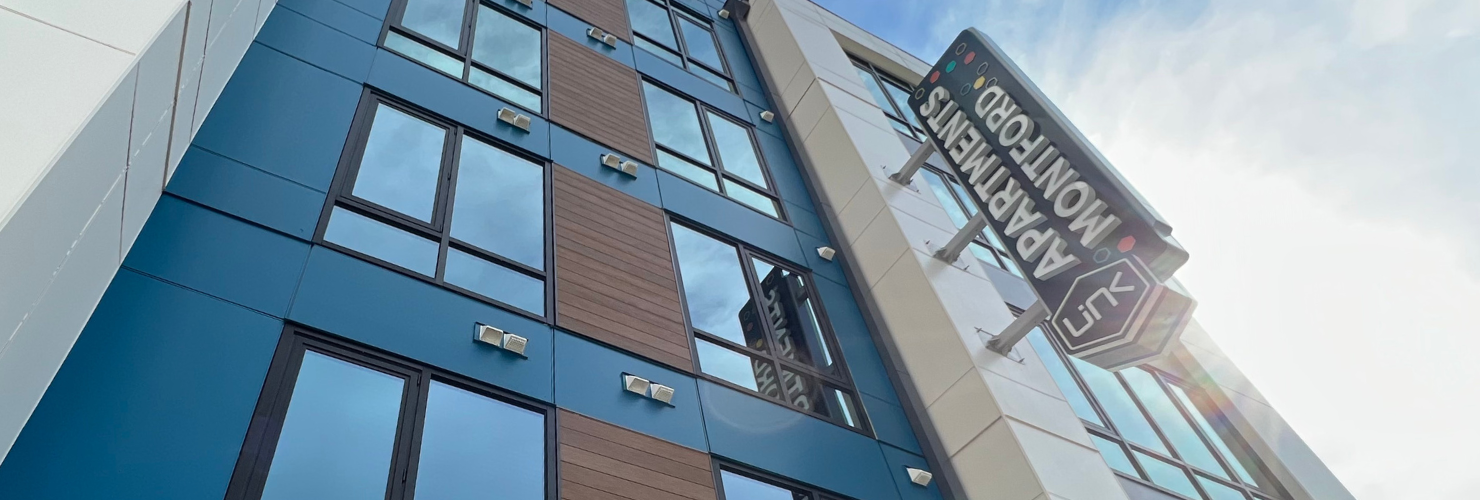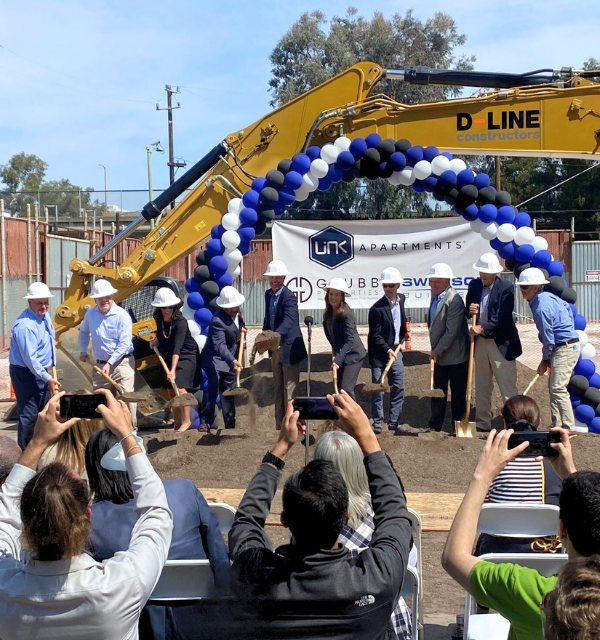- TAGS: Development
- Link Apartments
60 Years and Growing: The Evolution of Link Apartments℠
Grubb Properties’ Link Apartments℠ brand is urban-connected essential housing with more than a decade of design evolution, a focused and scalable platform, durable demographic demand and limited competitive supply. It is the culmination of our 60-year history and represents the future of the company.
Progression of the Link Apartments℠ Portfolio
Coming out of the Global Financial Crisis and the subprime mortgage crisis, we recognized that a gigantic demographic demand was going to drive a housing shortfall. Several years earlier, in 2001, we had developed Sterling Dilworth Apartments, which had a tremendously successful lease-up and would become the prototype for our dream of building a resilient urban housing community. In 2012, we launched the Link Apartments℠ brand to efficiently deliver housing in desirable, resilient urban neighborhoods in a way that made our product accessible to moderate-income residents, including young people in the workforce.

As the drastic imbalance of supply and demand worsened, we focused on evolving and advancing our process so that we could scale, delivering this much-needed housing to residents in these communities while delivering returns for our investors.
Innovation Underpins Our Strategy
Our 60 years of experience have allowed us to innovate numerous ways to drive down costs, taking advantage of our company’s vertical integration and strong partnerships. We have developed distinctive synergies and a unique process, including:
Innovative site acquisition: Our site-selection criteria are backed by a proprietary index developed by a partnership between RCLCO and the Grubb Properties team. This guides our acquisition strategy and location commitments.
Shared parking strategy: When we develop multifamily residences near office spaces, we can build shared parking that requires far fewer spaces than the two uses would require alone. This drives down upfront capital and reduces operating expenses for both uses. At times, we can acquire office properties with large surface parking lots and then entitle those sites for the development of Link Apartments℠ communities, effectively sourcing free land for our multifamily division. In our developments, we include cycle centers that enable and encourage our residents to live a car-free lifestyle and in turn, reduce property parking demand and are more environmentally sustainable.
Tax incentives and grants: Where possible, we take advantage of local and state tax abatement for affordability set-asides in our communities. We also pursue Brownfield redevelopment grants in some of our development sites, as well as development in select opportunity zones. We’ve found that working with local governments can result in unique, mutually beneficial outcomes.
A repetitive design and construction process: We have developed six highly efficient floor plans – versus competitors that often have three to five times that many, with some properties having as many as 100 different floor plans. These six plans maximize living space and feature the items residents care most about, including walk-in closets, large vanities and contemporary finishes.
Urban-Connected Results
Over time, we have refined our definition of the anchors of a desirable and resilient community: the hospital, the research university, the transit stops, and the urban neighborhood with trails, greenways and walkable retail, restaurant, and entertainment destinations.
Our dual-market strategy focuses on both highly resilient and high-growth markets, which we determine by checking against our five pillars of resiliency.

Click here to download the full anniversary publication, 60 Years and Growing.


 |
|






